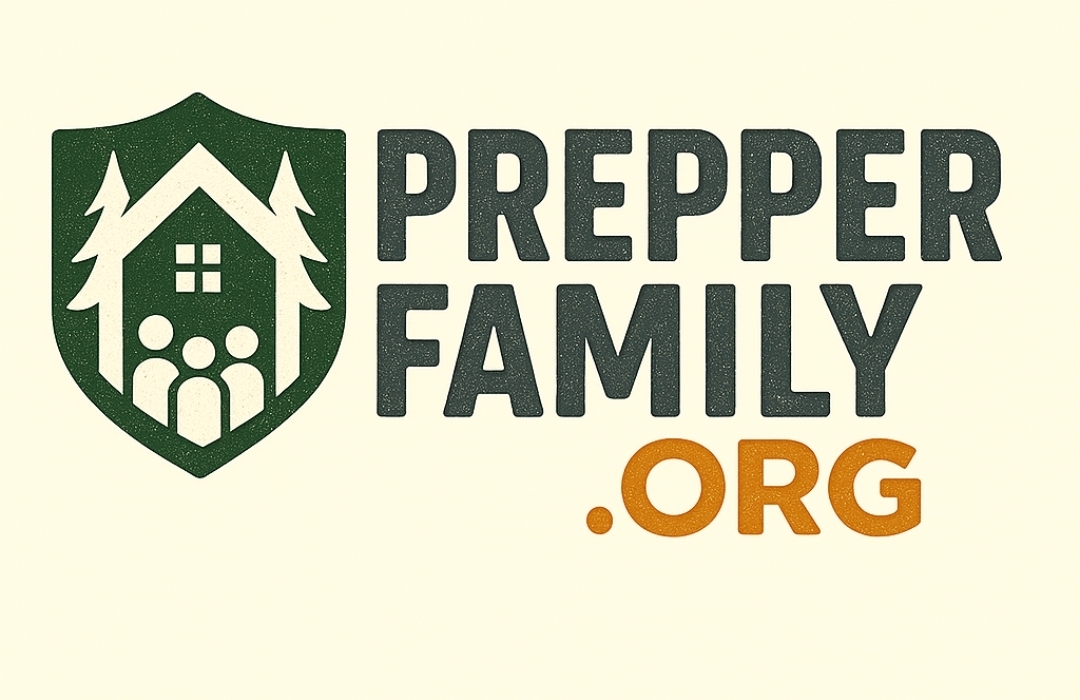🌿 Herbal Tinctures 101
Homemade Remedies That Last for Years
Step-by-step guide for beginners, preppers, and self-sufficient families
🎯1. Choosing the Herbs
Define the therapeutic goal
Echinacea, elderberry
Passionflower, valerian
Ginger, mint
Quality of raw material
Preferably fresh and organic. If dried, buy from reputable herbal stores: green leaves, intact aroma.
Plant-to-alcohol ratio (weight : volume)
| State of herb | Ratio | Practical example |
|---|---|---|
| Fresh | 1 oz weight : 2 fl oz vodka (1:2) | 4 oz herb → 8 fl oz alcohol |
| Dried | 1 oz weight : 5 fl oz vodka (1:5) | 2 oz herb → 10 fl oz alcohol |
🛠️2. Materials
Easy to get on Amazon or other stores
Amber glass dropper bottles
Specs: 1–2 fl oz (30–60 ml)
Function: Protect from light and allow precise dosing
Vodka 80 proof (40% ABV)
Specs: Neutral flavor
Function: Solvent and preservative
Tincture press
Specs: Manual screw press or mini hydraulic press
Function: Extracts remaining liquid
Extras
Specs: Stainless steel funnel, fine strainer, cheesecloth, adhesive labels
Function: Order and hygiene
⚗️3. Step-by-Step Preparation
Cleaning and chopping
Remove dirt and insects; pat dry with paper towel.
Chop into ½ inch pieces to increase surface area.
Filling the jar
1. Weigh the desired amount of herb (kitchen scale).
2. Place in jar and add vodka until it covers the herb by 1 inch (≈ 2.5 cm).
3. Close tightly and shake.
Maceration
Store in a dark cabinet between 59 and 77 °F (15–25 °C).
Shake the jar every 1–2 days.
Minimum time: 4 weeks (roots/barks up to 8 weeks).
Filtering and pressing
1. Place cheesecloth over strainer and pour the mixture into a clean container.
2. Use the press or a French Press to squeeze out the solid material.
3. Discard the spent herbs (or compost) and keep the liquid.
Bottling and labeling
Transfer the filtered tincture into sterile amber bottles using a funnel.
Label: herb – 40% alcohol – date.
📋4. Basic Recipe Book
Popular formulas
🌼 Echinacea dried root
Preparation: 1 oz + 5 fl oz vodka
Use: Immune boost
🌸 Passionflower fresh leaf
Preparation: 1 oz + 2 fl oz vodka
Use: Mild insomnia
🌿 Ginger fresh rhizome
Preparation: 1 oz + 2 fl oz vodka
Use: Nausea, digestion
🌱 Dandelion dried root
Preparation: 1 oz + 5 fl oz vodka
Use: Liver detox
🍃 Nettle dried leaf
Preparation: 1 oz + 5 fl oz vodka
Use: Minerals, allergies
📦5. Storage and Shelf Life
Cool, dry, dark place, ideally < 77 °F (25 °C)
Amber glass, airtight lid
3–5 years (many remain stable longer)
Discard if cloudy, moldy, or vinegar smell
💡6. Final Tips
- Always keep alcohol ≥ 80 proof to prevent microbial growth.
- Use glass or stainless steel utensils; avoid plastics that may leach compounds.
- Work with clean hands and surfaces to extend shelf life.
- Document each batch (herb, date, alcohol) and keep records in a notebook or spreadsheet.

6 Pack, 4 oz Dark Amber Dropper Bottles with Funnel Labels & Pipette
View on Amazon
SQUEEZE master Tincture
View on Amazon
Nut Milk Bag Reusable 3 Pack 12″ x 10″ Cheesecloth Bags
View on AmazonPrepperFamily.org participates in the Amazon Affiliate Program. Using these links helps support the platform at no additional cost to you. Thank you for supporting this community.
📚 Sources
Click once to copy all the bibliographic sources of this article and deepen your research
1. Green, James. The Herbal Medicine-Maker’s Handbook: A Home Manual. Crossing Press, 2000.
2. Gladstar, Rosemary. Herbal Recipes for Vibrant Health: 175 Teas, Tonics, Oils, Salves, Tinctures, and Other Natural Remedies for the Entire Family. Storey Publishing, 2008.
3. American Herbal Pharmacopoeia (AHP). Official site and technical monographs that standardize the quality, safety, and dosage of medicinal plants used in tinctures.
4. World Health Organization. WHO Monographs on Selected Medicinal Plants. A series of monographs summarizing pharmacological evidence and quality standards for extracts and tinctures.
5. American College of Healthcare Sciences (ACHS). “DIY Guide: How to Make a Herbal Tincture” & “Herbal Medicine: How to Make Tinctures.” Informative articles with maceration guidelines, 1:2 and 1:5 ratios, and storage recommendations.
